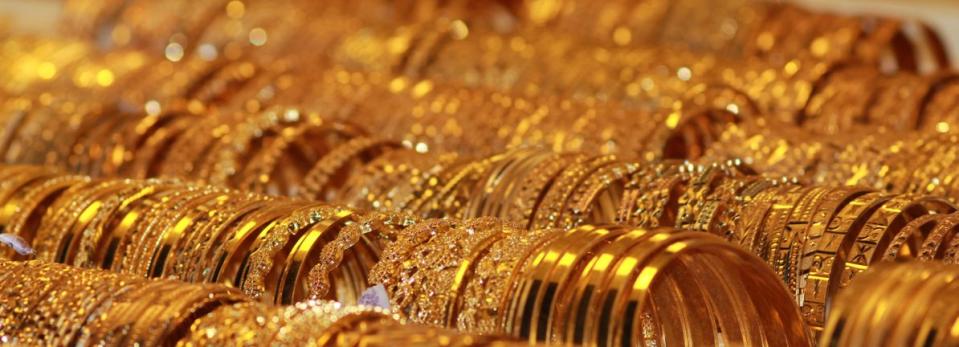Why Kingsrose Mining Limited’s (ASX:KRM) Return On Capital Employed Looks Uninspiring

Today we'll look at Kingsrose Mining Limited (ASX:KRM) and reflect on its potential as an investment. In particular, we'll consider its Return On Capital Employed (ROCE), as that can give us insight into how profitably the company is able to employ capital in its business.
First of all, we'll work out how to calculate ROCE. Then we'll compare its ROCE to similar companies. Then we'll determine how its current liabilities are affecting its ROCE.
Return On Capital Employed (ROCE): What is it?
ROCE measures the 'return' (pre-tax profit) a company generates from capital employed in its business. All else being equal, a better business will have a higher ROCE. In brief, it is a useful tool, but it is not without drawbacks. Renowned investment researcher Michael Mauboussin has suggested that a high ROCE can indicate that 'one dollar invested in the company generates value of more than one dollar'.
So, How Do We Calculate ROCE?
The formula for calculating the return on capital employed is:
Return on Capital Employed = Earnings Before Interest and Tax (EBIT) ÷ (Total Assets - Current Liabilities)
Or for Kingsrose Mining:
0.04 = AU$1.8m ÷ (AU$57m - AU$12m) (Based on the trailing twelve months to December 2019.)
So, Kingsrose Mining has an ROCE of 4.0%.
Check out our latest analysis for Kingsrose Mining
Does Kingsrose Mining Have A Good ROCE?
ROCE is commonly used for comparing the performance of similar businesses. Using our data, Kingsrose Mining's ROCE appears to be significantly below the 9.7% average in the Metals and Mining industry. This performance is not ideal, as it suggests the company may not be deploying its capital as effectively as some competitors. Putting aside Kingsrose Mining's performance relative to its industry, its ROCE in absolute terms is poor - considering the risk of owning stocks compared to government bonds. Readers may wish to look for more rewarding investments.
Kingsrose Mining has an ROCE of 4.0%, but it didn't have an ROCE 3 years ago, since it was unprofitable. That implies the business has been improving. You can click on the image below to see (in greater detail) how Kingsrose Mining's past growth compares to other companies.
When considering ROCE, bear in mind that it reflects the past and does not necessarily predict the future. ROCE can be misleading for companies in cyclical industries, with returns looking impressive during the boom times, but very weak during the busts. ROCE is, after all, simply a snap shot of a single year. Given the industry it operates in, Kingsrose Mining could be considered cyclical. How cyclical is Kingsrose Mining? You can see for yourself by looking at this free graph of past earnings, revenue and cash flow.
What Are Current Liabilities, And How Do They Affect Kingsrose Mining's ROCE?
Liabilities, such as supplier bills and bank overdrafts, are referred to as current liabilities if they need to be paid within 12 months. Due to the way the ROCE equation works, having large bills due in the near term can make it look as though a company has less capital employed, and thus a higher ROCE than usual. To counteract this, we check if a company has high current liabilities, relative to its total assets.
Kingsrose Mining has total assets of AU$57m and current liabilities of AU$12m. As a result, its current liabilities are equal to approximately 20% of its total assets. This is not a high level of current liabilities, which would not boost the ROCE by much.
The Bottom Line On Kingsrose Mining's ROCE
While that is good to see, Kingsrose Mining has a low ROCE and does not look attractive in this analysis. Of course, you might find a fantastic investment by looking at a few good candidates. So take a peek at this free list of companies with modest (or no) debt, trading on a P/E below 20.
I will like Kingsrose Mining better if I see some big insider buys. While we wait, check out this free list of growing companies with considerable, recent, insider buying.
If you spot an error that warrants correction, please contact the editor at editorial-team@simplywallst.com. This article by Simply Wall St is general in nature. It does not constitute a recommendation to buy or sell any stock, and does not take account of your objectives, or your financial situation. Simply Wall St has no position in the stocks mentioned.
We aim to bring you long-term focused research analysis driven by fundamental data. Note that our analysis may not factor in the latest price-sensitive company announcements or qualitative material. Thank you for reading.

